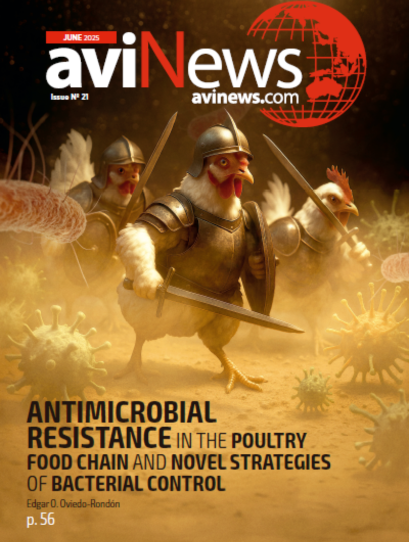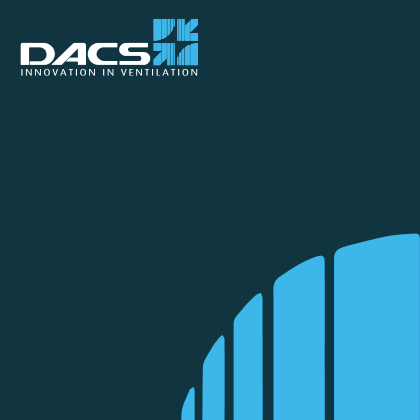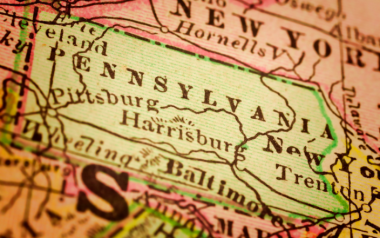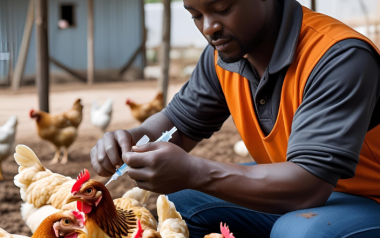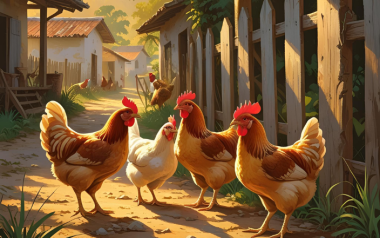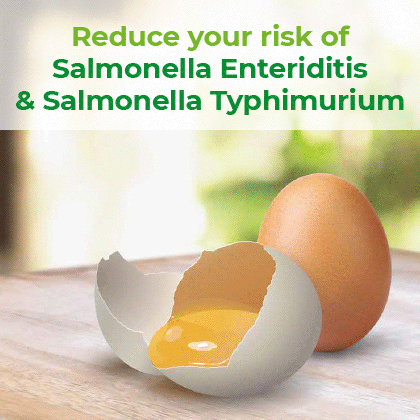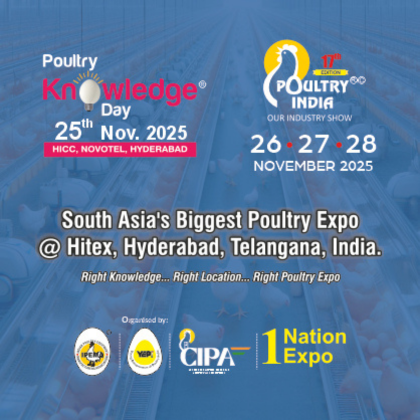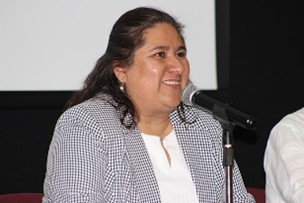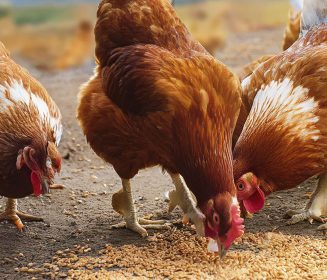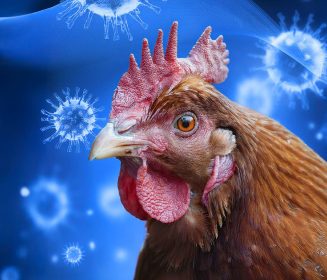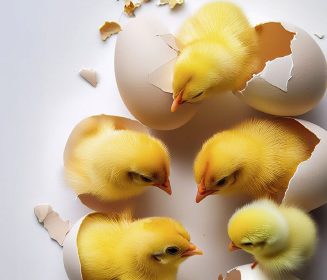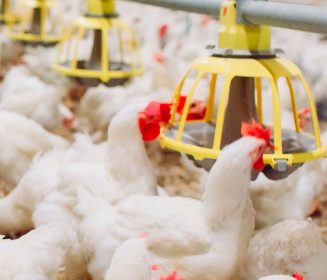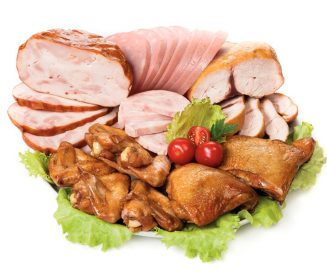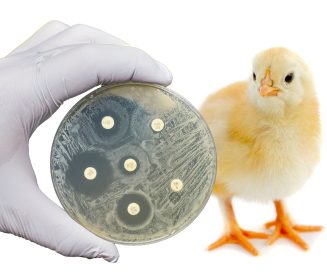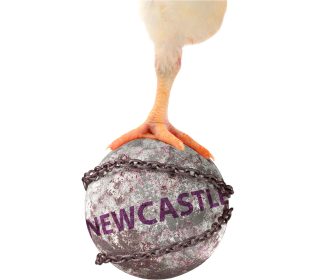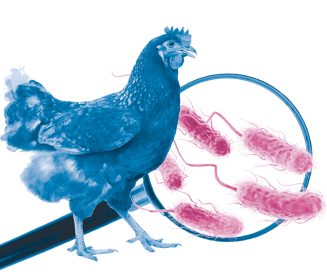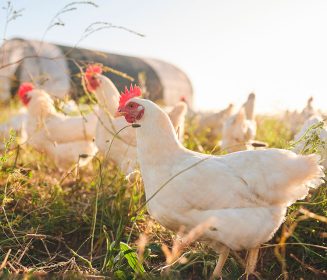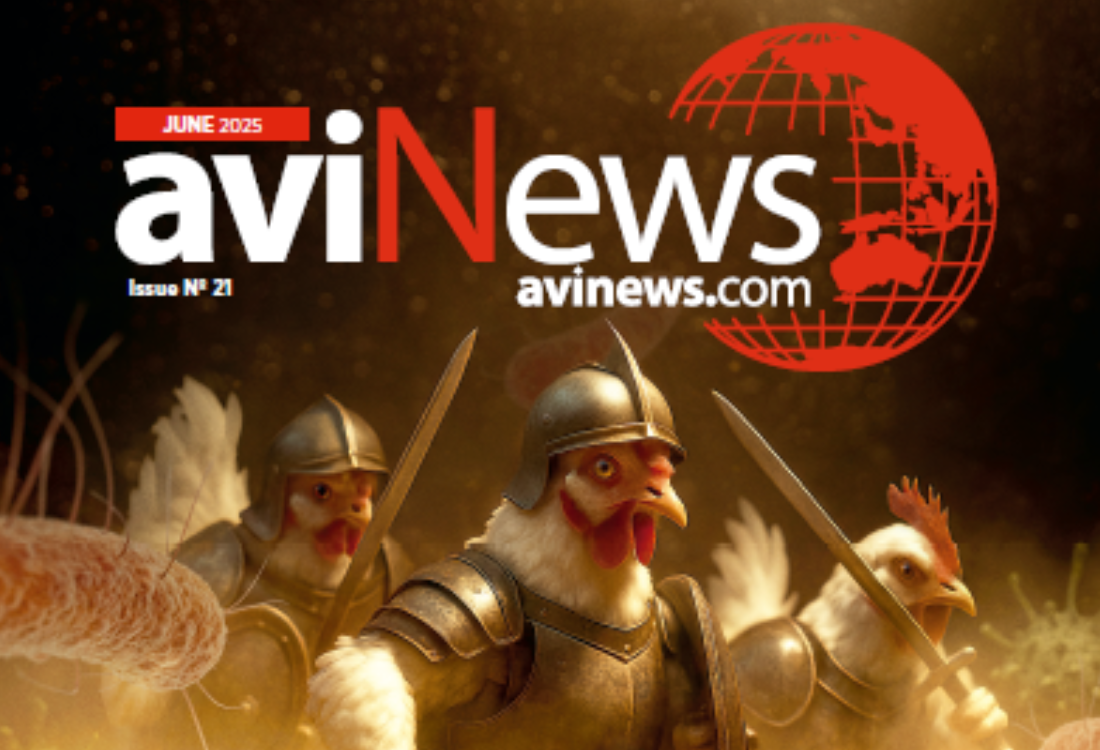In the recent study, WBVR established that laser function is to frighten wild birds, then birds fly and stay away to avoid the laser again due to their memory of the experience.
10 Mar 2021
Laser to prevent avian flu transmitted by wild waterfowl in free-range poultry farms
During the winter of 2019-2020, researchers from Wageningen University & Research conducted a study to demonstrate the use of a laser to prevent wild waterfowl visits in free-range poultry farms due to their potential transmission of avian flu.
Available in other languages:
During the winter of 2019-2020, researchers from Wageningen University & Research, specifically from Wageningen Bioveterinary Research (WBVR), conducted a study to demonstrate the use of laser to prevent wild waterfowl visits in free-range poultry farms due to their potential transmission of avian flu.
Previously WBVR research group reported that mallards (flu high-risk species) visit laying hens on a free-range system exclusively between sunset and sunrise from November to February, representing a potential risk of avian flu transmission since wild birds are migrating. On the other hand, wild waterfowl such as geese and ducks increase the possible influenza transmission to free-range birds because poultry can get avian flu viruses through feces or contaminated water.
- WBVR installed the laser on a 6-meter-high mast in part of the free-range area (1.5 hectares) connected to the barn/study area.
- 8 wide-angle video cameras were installed on 4m high poles to record wild waterfowl birds’ visits (One month without laser and one month with laser).
- During the experiment, laying hens were inside the barn between 5 pm to 10 am. At that time, the laser was activated. However, between 10 am to 5 am the laser was beaming to protect the grass pastures.
Results
The epidemiologist and project leader of this study, Armin Elbers, said: “Without the laser, several mallards came to visit the range between sunset and sunrise on a daily basis. In the range, they look for food and swim in puddles of water that are formed during the winter period by abundant rainfall. While swimming in the puddles, the ducks may defecate. During the day, the chickens in the outdoor area drink the same water, as we saw in the video camera images. In the cold winter period, the bird flu virus can survive in such water for a long time.”
There was a 99.7% of prevention using laser due to almost no wild ducks visits in the
TO CONTINUE READING REGISTER IT IS COMPLETELY FREE
Access to articles in PDF
Keep up to date with our newsletters
Receive the magazine for free in digital version
REGISTRATION
ACCESS
YOUR ACCOUNT
LOGIN
Lost your password?

